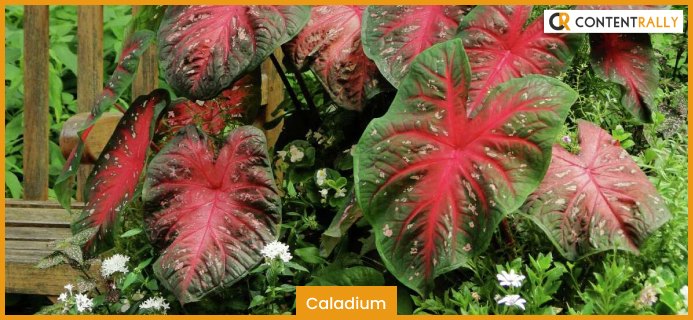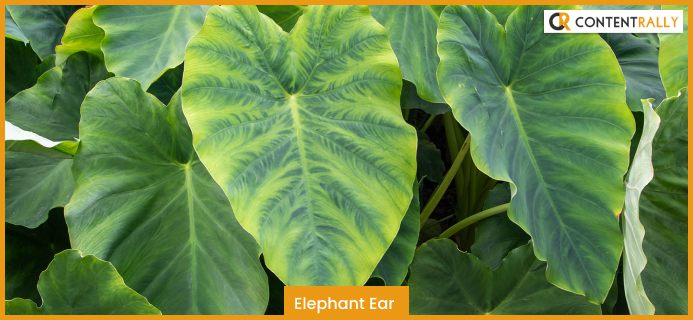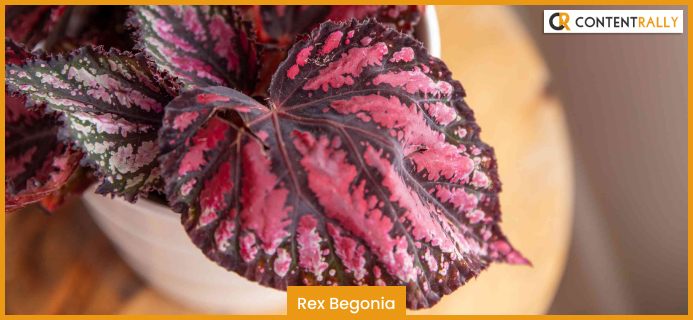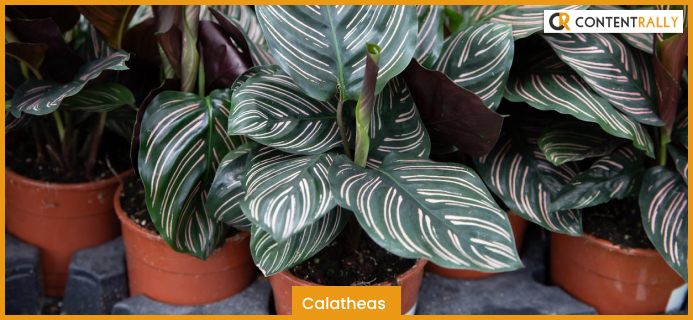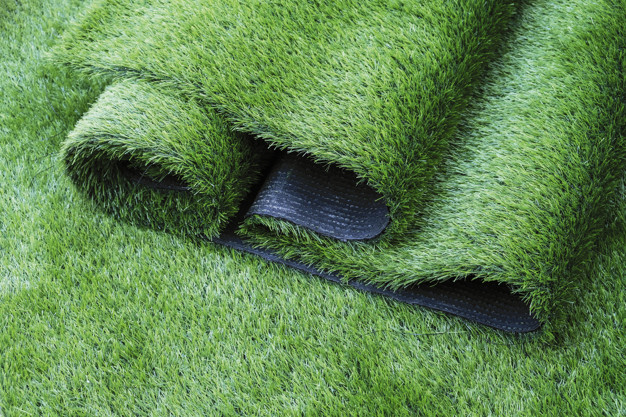Sometimes it’s the leaves that matter, not the flowers. While most people keep flowers in their gardens, balconies, and backyards, some extra greenery also looks nice sometimes. This is where many people get the itch to include some foliage plants in their gardens. While many consider flowers to be the most crucial part of the vegetation of the household, some outdoor greenery also looks natural. Having some big green plants also helps make the house outdoors look beautiful and lush with greenery. Therefore, we have searched far and wide to present you with the 10 best types of foliage plants that you can buy and welcome to your household in 2022.
What Are Foliage Plants?
Foliage plants refer to plants that do not produce any flowers. Their main beauty lies in their leaves. They are primarily placed outdoors but can be placed indoors. Foliage plants are typically bigger than most flowering plants and potted plants. Therefore, they are primarily suited for outdoors, but some are better suited indoors.
Read More: 10 Best Low Maintenance Plants To Buy In 2022
10 Best Foliage Plants In 2022
If you want to buy plants to decorate your house or garden’s outsides, then here are ten assorted foliage plants that you can buy and add to your garden in 2022.
1. Caladium
If you want to impress your soulmate with many hearts, then caladium might just get the job done. This plant has heart-shaped leaves that are typically reddish to crimson towards the middle. However, some leaves might also be white or pink. Since these plants have bright, arrow-shaped leaves, they are best used to brighten parts of your garden.
2. Coleus
If you want lots of options in choosing the color or shape of the leaf you want, then Coleus is for you. This plant comes in various bright colors, with the leaves being green with a different-colored midsection. This plant is popular because it comes with different splashes of colors that create great colorful contrasts.
3. Elephant Ear
While this might not be as big as an actual elephant ear, the leaves of this foliage plant are enormous. Compared to the other plants on this list, the leaves of this plant are big but have various colors available. The leaves grow up to 1 to 2 feet in length. Just keep it where the leaves get sheltered from strong winds.
4. Ferns
One of the most common foliage plants, ferns are a common sight in most houses that have foliage gardens. This plant comes in various sizes, from small to big. The leaves are typically bright green with dissected sword shapes, similar to spiky plants. These plants should be kept indoors, being placed beside the bed or the couch.
5. Ninebark
These deciduous shrubs come in lobed oval shapes and are purple foliage plants. It might also be available in other hues of golden and pink. This foliage plant is popular because it often changes color based on the season. It is best placed in focal points in your garden to get seen easily.
Click This To Read: 10 Best Low Maintenance Plants To Buy In 2022
6. Rex Begonia
This foliage plant is known for its broad and big leaves with highly decorative patterns. This plant is kept both indoors and outdoors, depending on the season. They are best kept in shady areas outdoors during summers and are taken inside during winters. This plant comes in various colors, with circular patterns on white, black, or darkish pink on the leaves.
7. Dusty Miller
If you want a light-colored
foliage plant, dusty millers will be a great addition to your garden. It is best kept in sunny areas so that the bright white-solver color of the leaves can pop and look vivid. This plant is best kept in pots and containers, especially indoors.
8. Peacock Plant
Being one of the best bedroom plants, it comes in various shapes and sizes based on its species. The leaves of this plant are colorful and can grow quite big. This is why they get compared to a peacock’s tail. It’s best if you keep them outdoors with higher temperatures and humidity.
9. Calatheas
These broad-leaved foliage plants are typically green in color with darker midsections. The leaves of these plants are pretty big and often look like canopies. If you decide to keep this plant in your garden, keep it in a shady area since they do not like direct sunlight.
10. Crotons
If you want colorful plants in your garden, then get some crotons. The leaves of this plant are long and slender, typically green in color with yellowish midsections. This plant is a pretty and colorful addition to your botanical garden.
How To Care For Foliage Plants?
After you get foliage plants for your garden, you must take good care of them. Make sure that these criteria are fulfilled and keep your plants lush and healthy throughout the year.
1. Lighting
It’s best to keep most of your foliage plants outside in your garden or on your doorstep, where it gets sufficient sunlight. Therefore, it is vital to keep track of the intensity and duration of the sunlight your plants get exposed to during the daytime. It’s best to keep your plants outside so that it gets 10 to 16 hours of sunlight daily. However, some plants like the Calatheas and the Rex Begonia are best kept outside the range of direct sunlight.
2. Temperature
Foliage plants thrive best at 60 to 80 degrees Fahrenheit (16 to 30 degrees Celsius). While most of these plants can survive warmer temperatures, colder temperatures around 50 degrees Fahrenheit (10 degrees Celsius) will cause severe problems.
You May Like To Read This: Grow these flowering plants in your home garden
3. Humidity
Since most of these foliage plants are tropical plants, they thrive better in warmer and humid climates. A humidity level of 80% will be perfect for these plants, but not less than 35%. Inadequate humidity can cause these plants to develop brown patches on their leaves. If you keep some of these plants indoors, you have to make sure the room is humid with indoor humidity controllers, especially during winters.
4. Soil
The health of the soil affects the growth of the plant in many ways. If you keep these plants in pots, add some potting soil with peat moss. These help the roots of the plants to breathe easier and get the essential nutrients it needs from the earth. Don’t keep these plants too close to each other, especially if they have more giant leaves like Elephant Ear. In addition, make sure that they get watered regularly.
Frequently Asked Questions (FAQs):
Q1. What Are Foliage Plants Used For?
Foliage plants are used for decorating your garden with big green leaves or your interiors.
Q2. Do Foliage Plants Need Sunlight?
Yes, most foliage plants do need sunlight.
Q3. Can You Plant Foliage Outside?
Yes, foliage plants are typically planted outside, with a few exceptions.
Q4. What Soil Does Foliage Like?
Foliage plants like moist soil that gets watered regularly.
Conclusion
Foliage plants are some of the most beautiful non-flowering plants that you can add to your garden. The main attraction of these plants is their colorful leaves, which can come in different patterns, colors, and sizes. Plants like Elephant Ears, Ferns, Coleus, Caladium, and Rex Begonia are some of the most popular foliage plants you should add to your garden. First, however, you must ensure that they are well kept and maintained, with sufficient sunlight and water. If you liked reading this blog, then check out our other blogs about gardening plants too!
Read Also:














